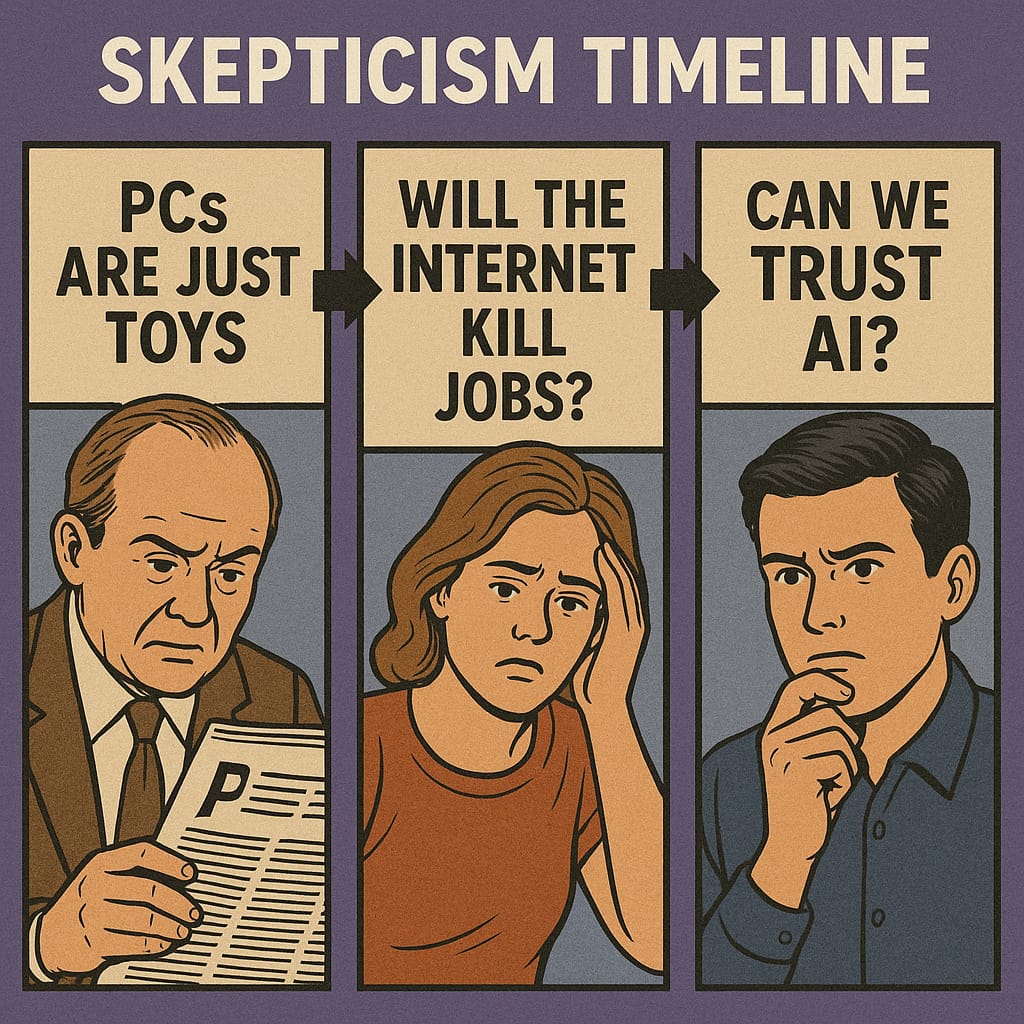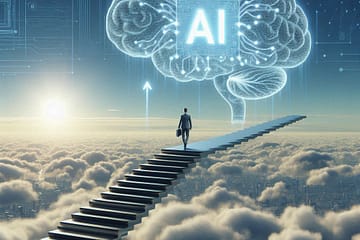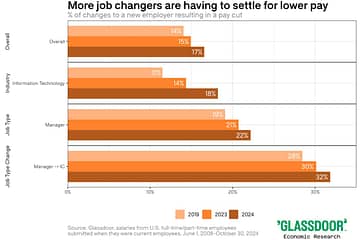When the first personal computers appeared in the mid-1970s (starting with the Altair 8800 in 1975 and followed by the Apple II and IBM PC) many dismissed them as toys for hobbyists or niche tools for corporations. Critics questioned their usefulness in homes, while dominant players in mainframe computing resisted this “small” shift.
This resistance mirrors a familiar pattern: every wave of technological change tends to provoke skepticism, especially when the technology challenges entrenched systems or norms.
From Novelty to Necessity: The Adoption Timeline
In the late 1970s, PCs caught on with enthusiasts. But by the mid-1980s, they were a staple in homes and offices alike. This shift was powered by falling prices, the rise of user-friendly interfaces, and the explosive growth of software and applications.
What started as a fringe device soon became the engine of digital life.
Balancing Costs and Benefits
There were real costs:
- A rise in electronic waste
- Increased sedentary behavior and screen addiction
- Job displacement in traditional clerical and industrial sectors
But the benefits were transformative:
- A massive surge in productivity
- Democratized access to tools for writing, design, and coding
- Birth of the modern internet economy and global connectivity
Evidence of Net-Positive Influence
The PC enabled the software industry, created the gaming market, and fueled the global internet. It sparked a trillion-dollar digital economy, with worldwide PC shipments exceeding 275 million units annually as of 2020.
It also made information accessible to billions, enabling new forms of learning, creativity, and entrepreneurship.
How We Mitigated Risks and Maximized Gains
- Digital literacy programs helped people adapt
- Recycling and e-waste initiatives emerged to deal with hardware lifecycle
- Ergonomic and ethical design improved health and user experience

A Parallel to AI Today
Today’s AI boom echoes the PC’s story. Early doubts. Discomfort. Disruption. But also enormous potential.
Just as we learned to educate users, set up safeguards, and guide adoption with the PC, we must do the same with AI. Let’s not be paralyzed by fear. Let’s shape the future with wisdom and optimism.


